- Newest
- Most viewed
Stay connected with us!
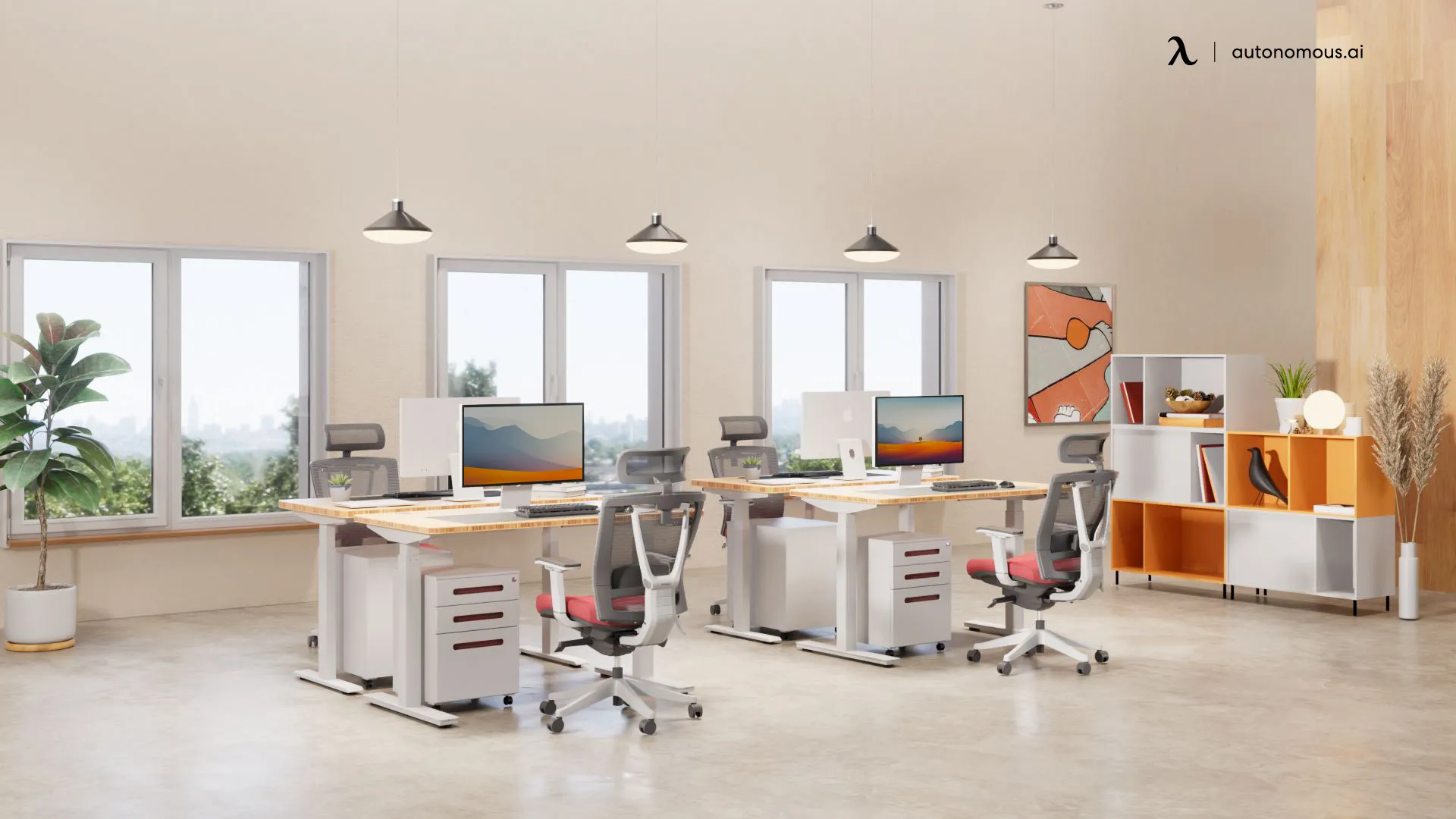
Best Office Cubicle Lights to Brighten Your Workspace
Discover the best office cubicle lights to enhance productivity and comfort. Explore cubicle lighting ideas, solutions, and how to block overhead light in a cubicle effectively.
Workplace Inspiration | Jan 23, 2025 1,180 views
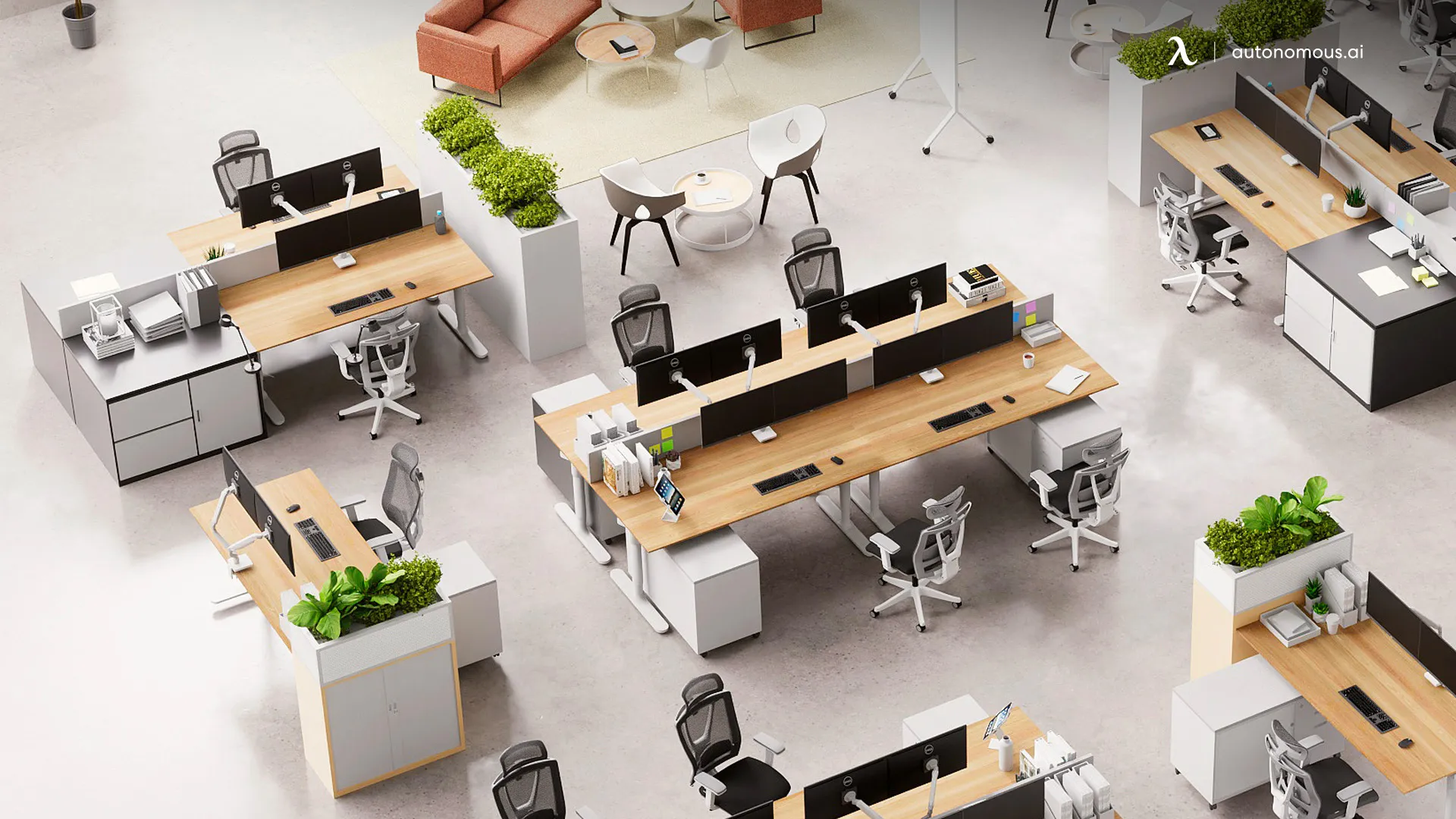
Office Cubicle Alternatives: Creative Solutions for Modern Workspaces
Workplace Inspiration | Jan 16, 2025 1,285 views
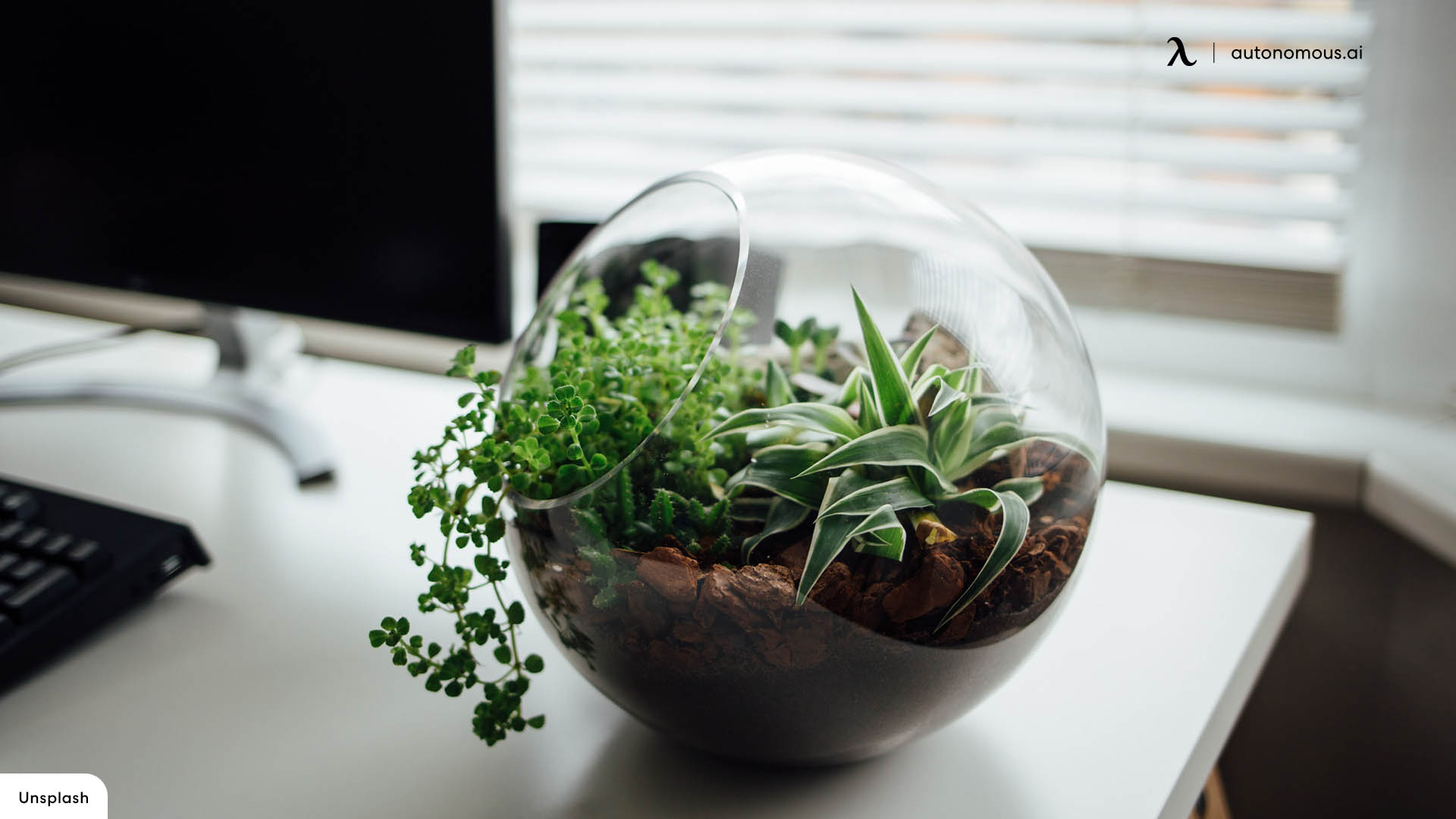
The Best Office Cubicle Plants to Brighten Your Workday
Workplace Inspiration | Jan 9, 2025 776 views
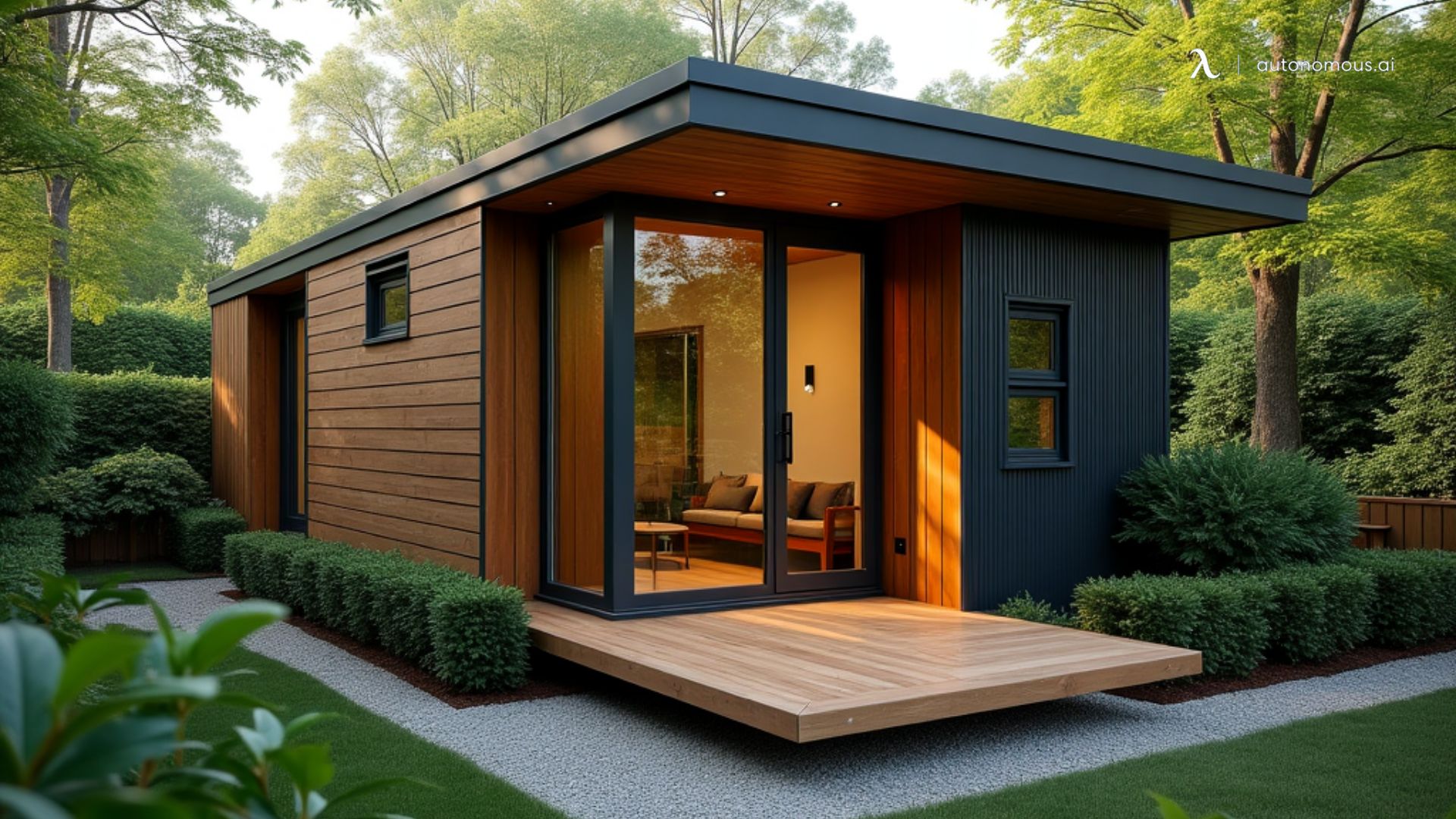
Navigating Regulations for Prefab ADUs in Northern California
Workplace Inspiration | Jan 7, 2025 1,282 views

Flux vs. Stable Diffusion: Which is Better for Image Generation?
Latest Updates | Jan 8, 2025 1,902 views
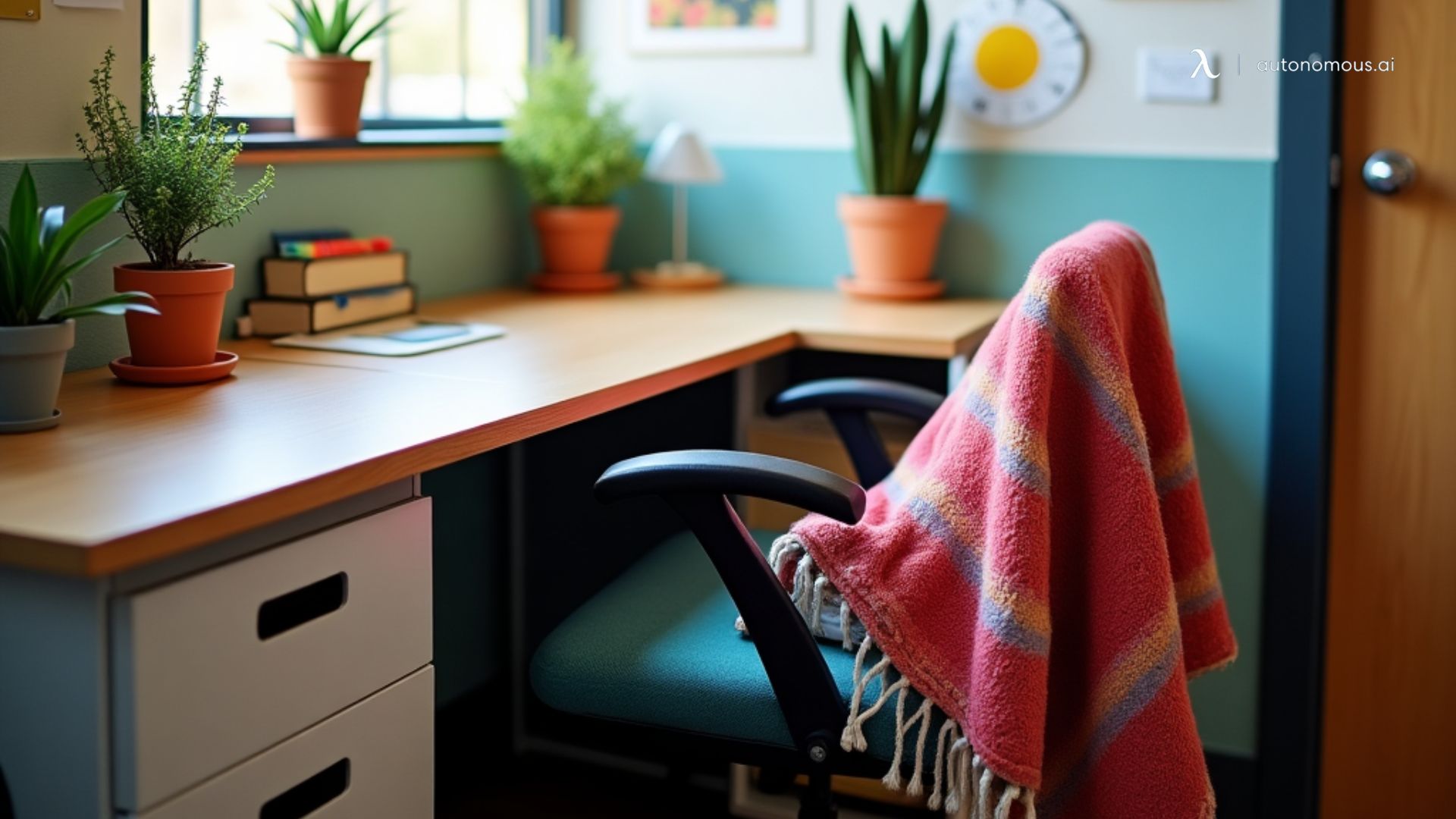
10 Cute Office Cubicle Decor Ideas to Boost Productivity
Workplace Inspiration | Jan 7, 2025 1,617 views
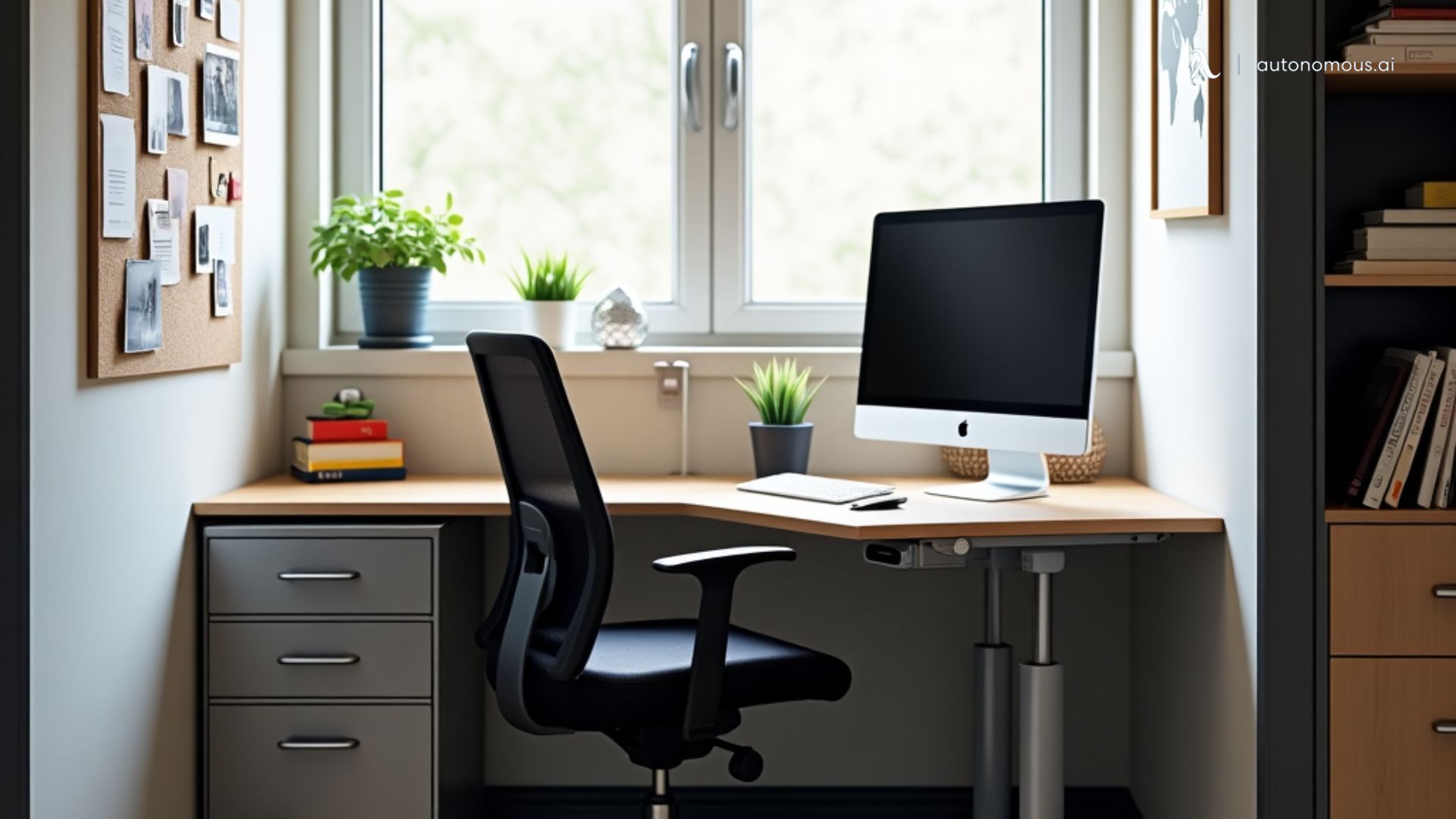
Making Your Cubicle with Standing Desk Work for YOU
Workplace Inspiration | Jan 7, 2025 1,152 views
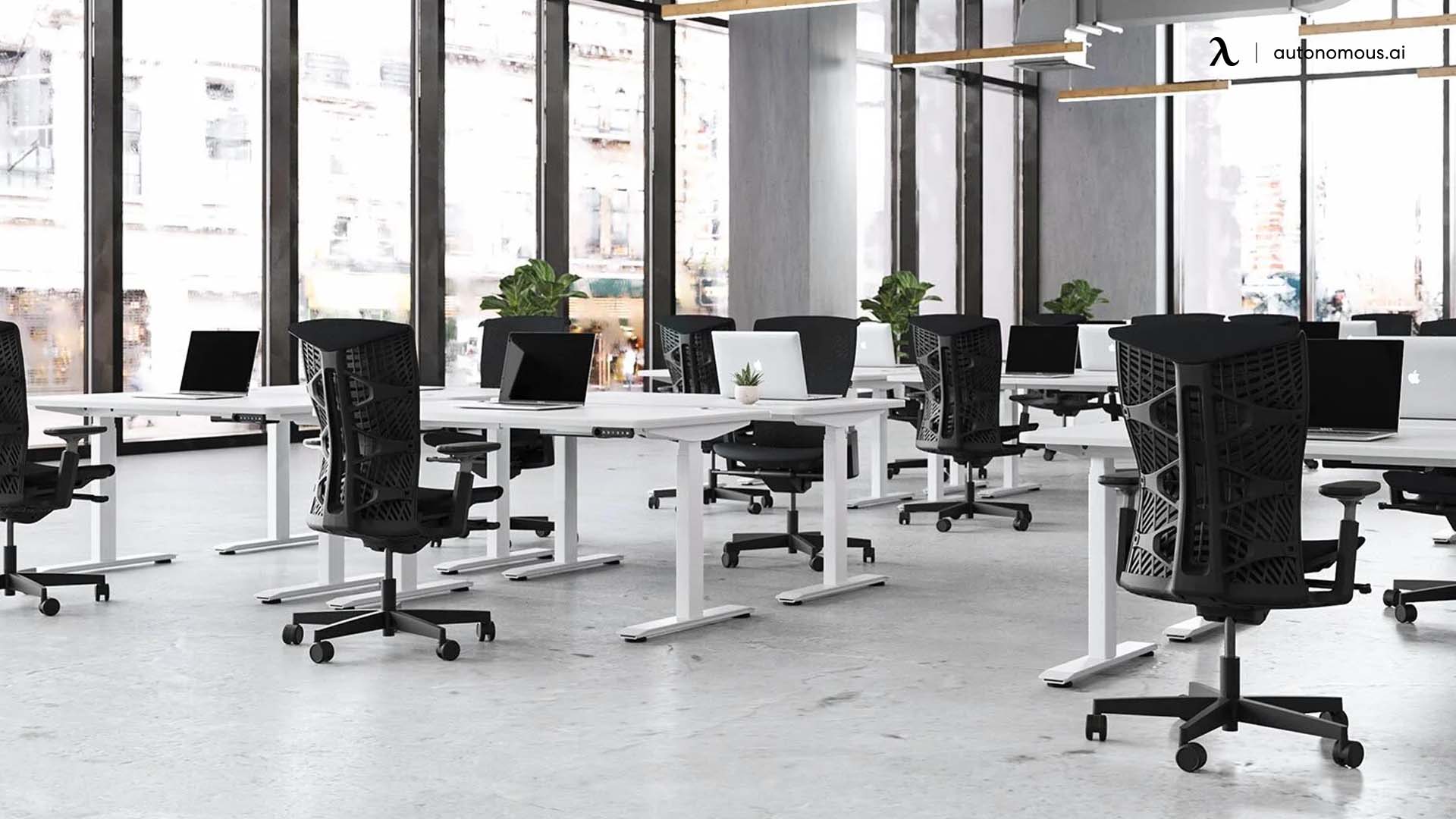
Best Coworking Spaces in San Francisco
Remote Working | Jan 9, 2025 787 views
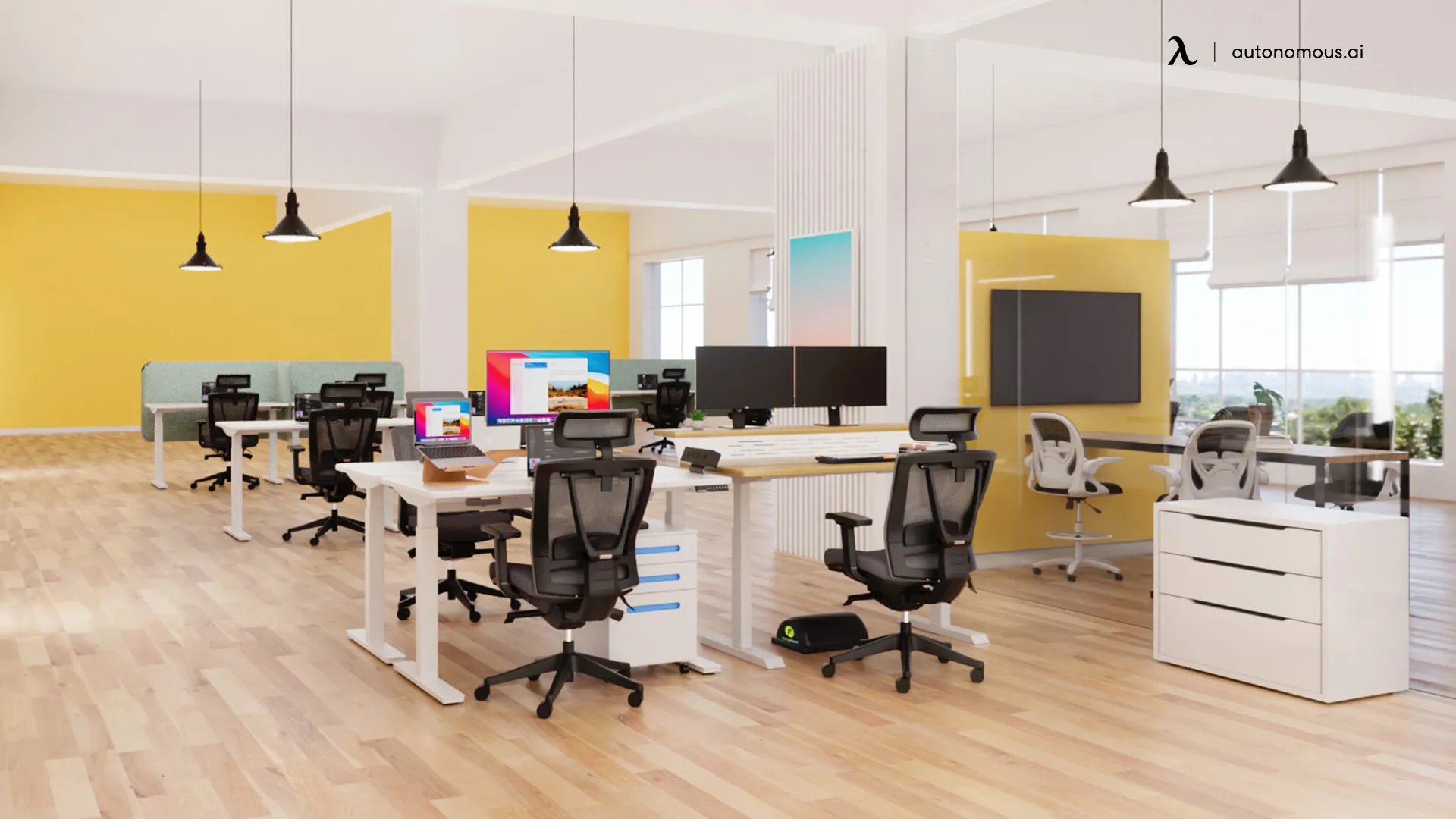
Best Coworking Spaces in San Diego - Find Your Perfect Workspace
Productivity | Jan 7, 2025 1,144 views
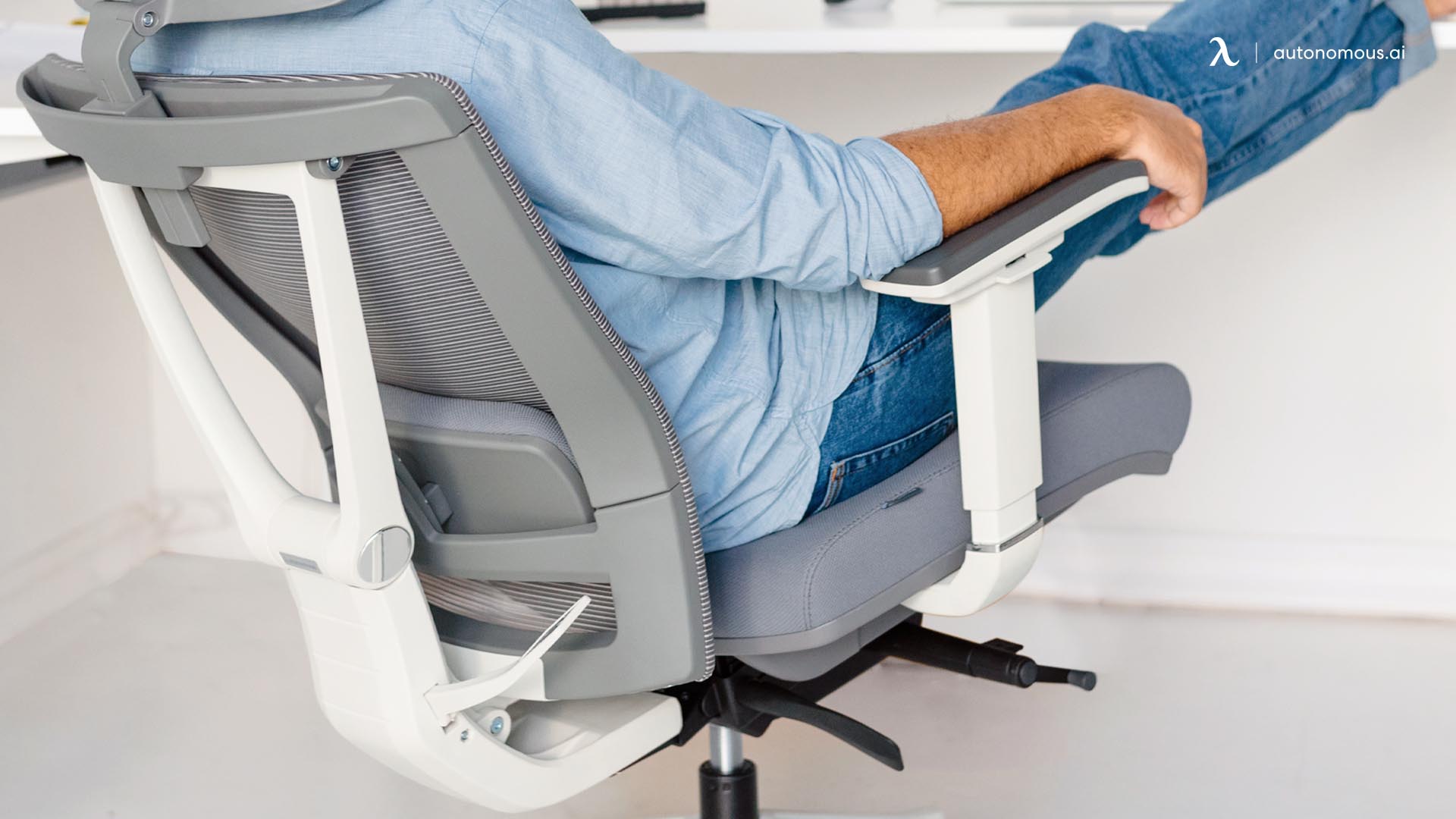
Molded Foam: The Ultimate Guide to Seat Cushions and Furniture Comfort
Smart Products | Jan 8, 2025 1,093 views
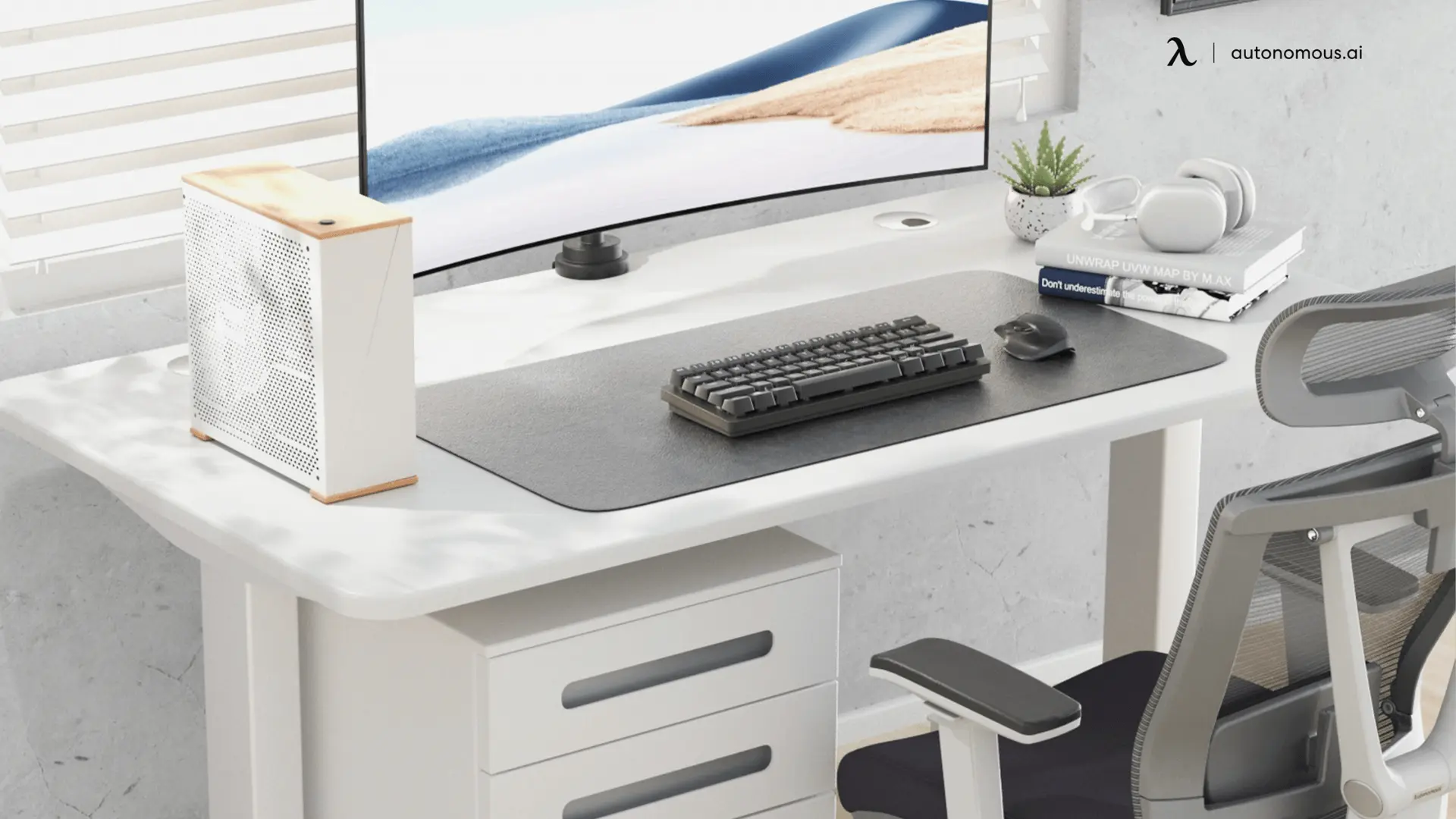
Best Desk Setup Under $1000: Ergonomic & Affordable Options
Workplace Inspiration | Jan 6, 2025 1,546 views
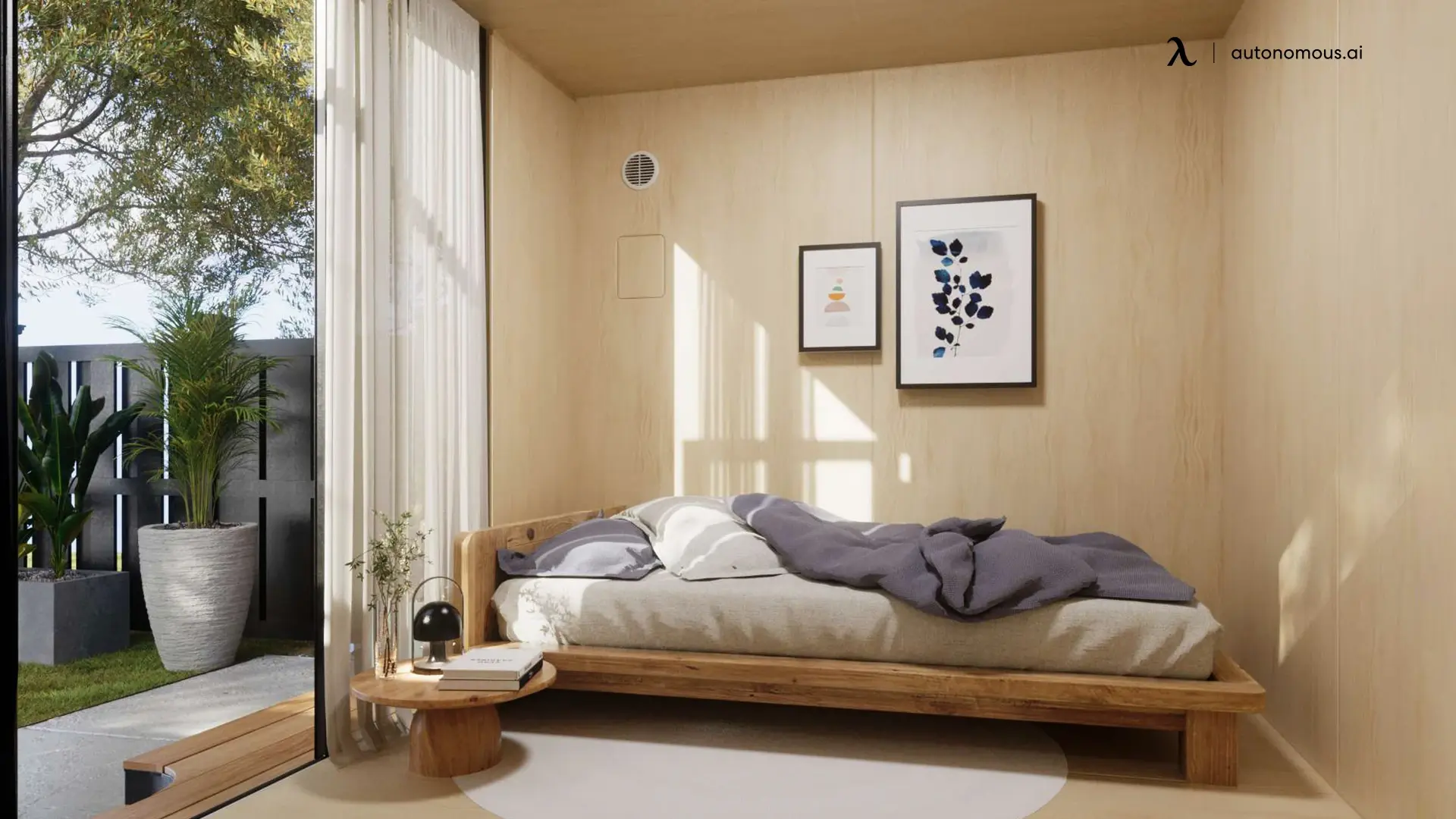
ADU in Minnesota: Prefab Options, Costs, and Regulations Explained
Workplace Inspiration | Jan 2, 2025 1,192 views
